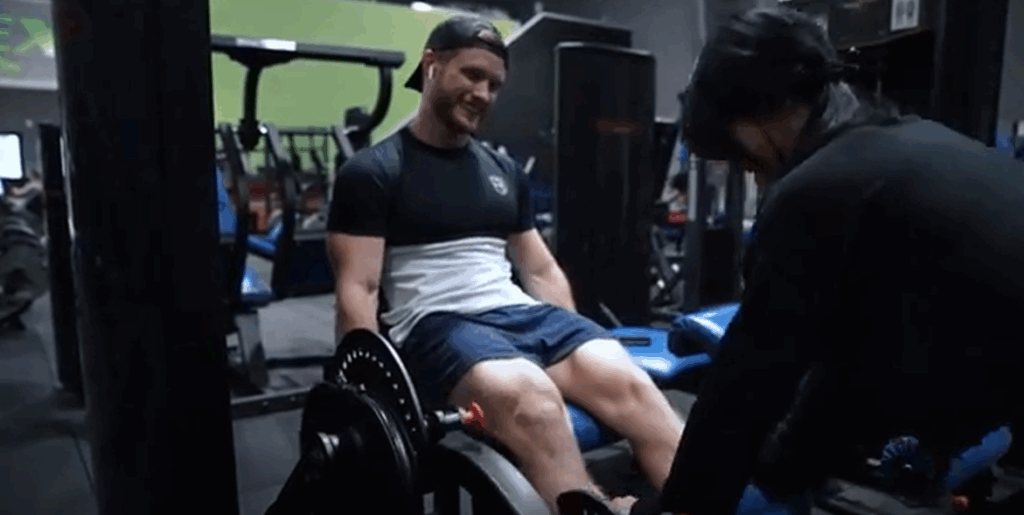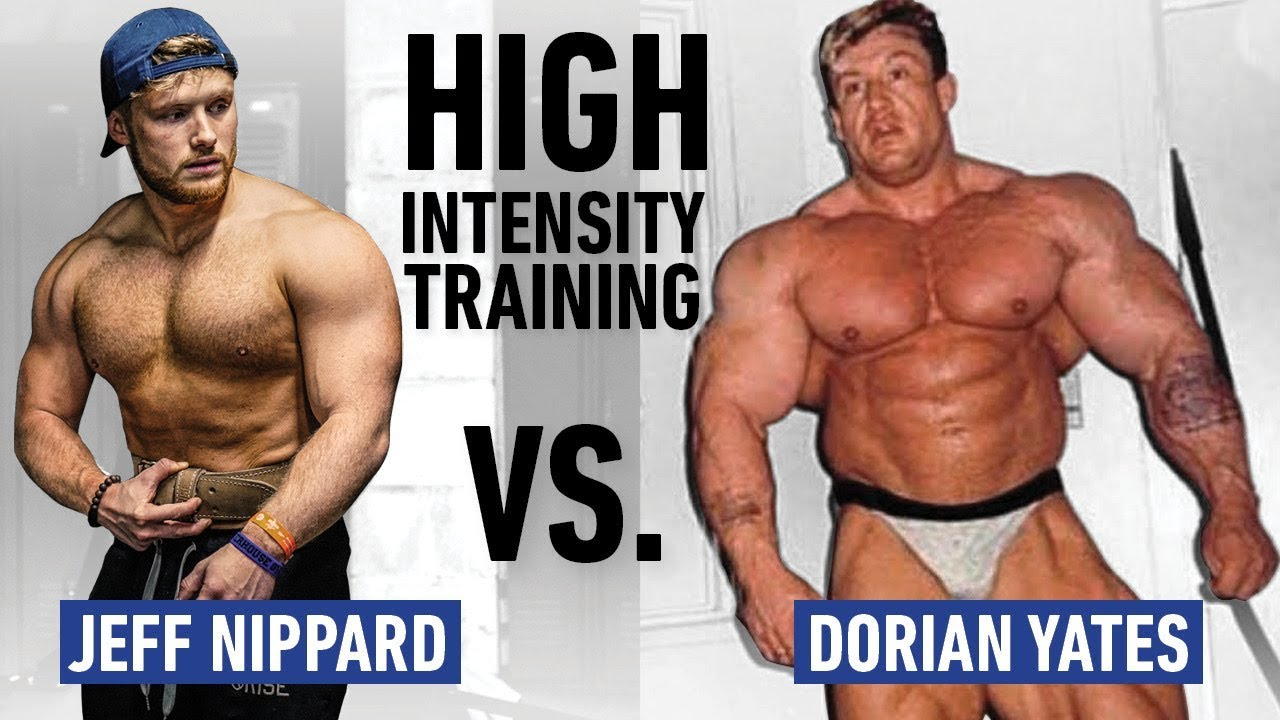Every now and then, an unusual fitness claim makes the rounds in the health and bodybuilding community. One such claim is based on a study suggesting that chopping wood can cause a larger testosterone spike than lifting weights. According to the research, participants experienced a 48% increase in testosterone levels after an hour of wood chopping, whereas typical weight training produced only a 20% rise.
But should you add wood chopping to your pre-leg-day routine for an extra hormonal boost? Let’s take a closer look at what this study really means, and more importantly, whether chasing short-term testosterone spikes is even worth your time if your goal is building muscle.

The Study Behind the Wood Chopping Hype
The research in question was published in the Journal of Evolution and Human Behavior back in 2013. The subjects were Tsimane forager-farmers, an indigenous group living in Bolivia. The participants, aged between 16 and 80, had significantly lower baseline testosterone levels compared to men in industrialized countries.
Researchers noted that non-industrialized populations often experience lower testosterone levels due to environmental stressors, energy expenditure, and frequent exposure to pathogens. This means that a sudden physical task, like chopping wood, might stimulate a much larger hormonal response for them than it would for someone in a modern Western lifestyle.
Comparing the hormonal response of a Bolivian farmer to a gym-goer in the U.S. or Europe is essentially like comparing two completely different physiological baselines. What drives their testosterone surge may not apply to you at all.
Do Acute Testosterone Spikes Really Matter for Muscle Growth?
Even if chopping wood does trigger a temporary testosterone increase, the real question is: does this matter for hypertrophy or strength gains?
A decade ago, many fitness programs were designed around the idea that short-term hormone fluctuations—testosterone, growth hormone (GH), or insulin-like growth factor (IGF-1)—played a key role in muscle growth. Trainers recommended doing compound lifts, training at specific times of day, or even pairing certain exercises together to “optimize” anabolic hormones.
However, modern research has largely debunked this theory. Studies led by experts such as Dr. Stu Phillips and Dr. Brad Schoenfeld show that these brief hormonal changes fall well within the normal physiological range and don’t significantly influence long-term muscle hypertrophy. What truly drives growth is progressive overload—gradually increasing mechanical tension on your muscles over time through heavier weights, more volume, or improved training efficiency.
So, even if chopping wood raises testosterone for an hour, it likely won’t lead to any noticeable gains in muscle size or strength.
Why Baseline Testosterone Levels Matter More
While transient hormonal spikes don’t make much difference, your baseline testosterone levels over weeks, months, and years do matter.
The natural testosterone range for men spans roughly 300 to 1,000 nanograms per deciliter (ng/dL). If you’re on the lower end of that spectrum, making lifestyle changes—such as improving sleep, managing stress, eating enough dietary fat, and maintaining a healthy body weight—can raise your levels and potentially improve training performance and recovery.
For example:
- A man sitting around 300 ng/dL who increases his testosterone to 500–600 ng/dL may experience noticeable benefits in energy, mood, and muscle retention.
- But for someone already at 600 ng/dL, moving to 800–900 ng/dL naturally is unlikely to have a dramatic effect on muscle growth.
In contrast, supraphysiological levels—such as those achieved through anabolic steroid use, where testosterone exceeds 1,000 ng/dL—do cause significant changes in muscle mass and body composition. But natural fluctuations within the normal range, whether from exercise, diet, or wood chopping, won’t mimic steroid-like effects.

Should You Chop Wood Before Training?
So, is there any point in swinging an axe before leg day to get a testosterone boost?
Probably not. The hormone spike is temporary, and it doesn’t translate into more hypertrophy or strength. Instead, focus on training strategies that are proven to work:
- Progressive Overload – Increase weight, reps, or sets over time.
- Proper Exercise Selection – Use compound lifts for maximum tension and muscle recruitment.
- Adequate Recovery – Prioritize sleep and nutrition to keep long-term hormone levels optimal.
- Consistency – Stick to a structured program instead of chasing quick hormonal tricks.
If you enjoy chopping wood as a form of cardio or active recovery, by all means do it. It’s a great full-body activity, burns calories, and improves coordination. Just don’t expect it to replace your squat sessions.
The Takeaway on Testosterone and Training
Chasing short-lived hormonal spikes—whether from chopping wood, timing your workouts around circadian rhythms, or doing specific exercises for “testosterone optimization”—isn’t an effective strategy for building muscle.
Instead, think about testosterone as part of the bigger picture: maintaining healthy levels over the long term through quality sleep, stress management, proper nutrition, and regular resistance training. These lifestyle habits will keep your hormonal environment supportive of growth without needing to obsess over every minor fluctuation.
Bonus: A Quick Book Recommendation for Fitness Enthusiasts
On a personal note, if you’re interested in expanding your knowledge beyond the gym, I highly recommend The Skeptic’s Guide to the Universe. It’s one of the best books for learning how to separate fact from fiction—a skill that comes in handy in the world of fitness, where myths spread like wildfire.
And for those who struggle to find time to read, audiobooks are a game changer. Listening while commuting or doing light cardio is an easy way to consume great content without sacrificing training time.

Final Thoughts
Don’t get caught up in viral fitness headlines that promise quick fixes based on isolated studies. Whether it’s chopping wood, cold plunges, or exotic supplements, these hacks rarely move the needle compared to the basics: train hard, recover well, eat enough to support your goals, and stay consistent.
Your testosterone levels—and your physique—will thank you for focusing on what truly matters.



